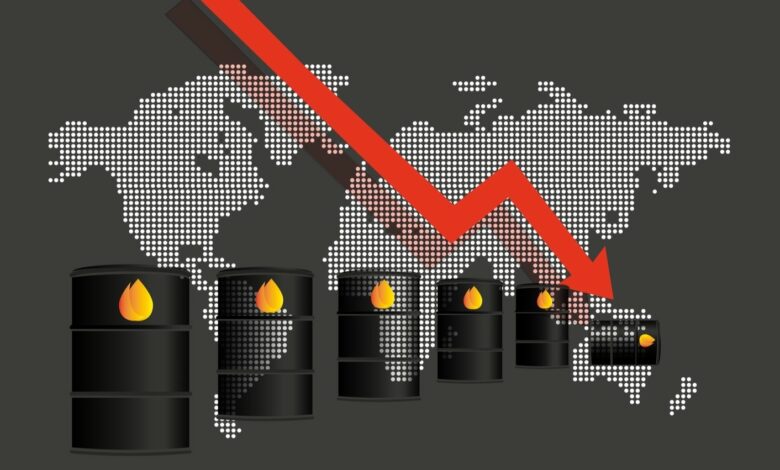What made the oil price rise over $70 per barrel for the first time since the coronavirus pandemic?

On Monday the oil prices saw a steep fall After hitting a benchmark of dollar 70 per barrel. The oil prices touched this mark for the first time since the coronavirus pandemic engulfed our normal lives and divided our life experiences into two parts- pre-pandemic and post-pandemic.
The oil prices jumped up with constant support from the stimulus announced by the government of the United States. The prices are also affected by an attack on Saudi Arabian oil sites.
How much did the Brent fluctuate?
Initially, the Brent surged to as high as dollar 71.38 per barrel. This amount is the highest it has reached since January 8 2020. However, the prices slipped down to $68.35 per barrel, marking a slippage of dollar 1.01 or 1.5 %.
If we talked about the US West Texas intermediate (WTI) crude, we would realise that it was also on the same path. The prices touched its highest since October 2018 (at $ 67.98) and then fell down by 1.4% or 94 cents to settle at $65.15.
Why are the prices of crude oil rising?
For the very first time since the pandemic broke, the price of Brent crude oil has jumped above the dollar 70 per barrel mark primarily because of the security concerns around Saudi Arabia’s oil fields.
Saudi Arabia is one of the largest crude oil producers and on Sunday, the world’s largest crude oil exporting facility- Ras Tanura was attacked. The attack was done using a drone from the sea leading to a missile landing on a residential complex which is in close proximity to the storage facility. Even though the attack by Houthi rebels did not damage any property and impact oil supplies, the price of Brent crude surged further to reach dollar 70.7 per barrel on the account of concerns about the security of crude oil supplies from Saudi Arabia.
How will this rise in crude oil prices impact India?
Indian consumers are already facing heavy burdens on their wallet due to skyrocketing fuel prices across the nation. This rise has been major because of increased taxes and surcharges.
Furthermore, if now this price stays at more than $70 per barrel Indian consumers will have to bear the brunt of another round of price hikes. In India, the retail selling price of fuels like diesel and petrol is decided in cohesion with the prices of the fuels being circulated internationally along with the taxes imposed by the state and Central Government.
Taxes is a quintessential part of the prices of the two fuels accounting for nearly 162% and 125% of the base price of petrol and diesel respectively in the national capital.
Oil marketing companies or OMCs have already been raising the prices of petrol and diesel on account of several reasons mentioned above. Petrol has seen a price rise of about rupees 10 per litre while diesel has witnessed a price rise of rupees 11 per litre since the beginning of November. These advancements lead to the price of petrol crossing the century benchmark, that is the Rs 100 per litre mark, in some parts across the country. This sentiment was encouraged by the rise in crude oil price from dollar 40 per barrel to $ 66 per barrel by the end of 2nd month this year.
If the crude prices remain elevated, the oil marketing companies would be forced to break the streak of nine days of keeping the prices unchanged. This streak has been the longest such period in a year that you witnessed as many as 26 price hikes during a period of just three months.
Is this crude oil price rise trajectory true for other countries as well?
Well, the answer to this question shall be highly subjective. Of course, consumers around the world are dealing and struggling with the oil price rise on account of crude oil recovering back to its pre covid levels. However, the consumers of the Indian subcontinent are bearing this global price rise as well as the brunt of elevated taxes.
Last year the central government increased taxes on diesel by rupees 16 per litre and on petrol by rupees 13 per litre. This increment was done to boost revenues at a time when the government exchequer was destabilized because of the covid-19 related lockdown. Pushing prices up further, a lot of states were also forced to increase sales tax during the period.
Interestingly, the story is not the same for all the states in India. The state governments of Rajasthan, West Bengal, Meghalaya and Assam have on the other hand cut the state taxes to give a sense of relief to the wallets of consumers.
However, the central government has not indicated any cut in the excise duties on the two fuels.




